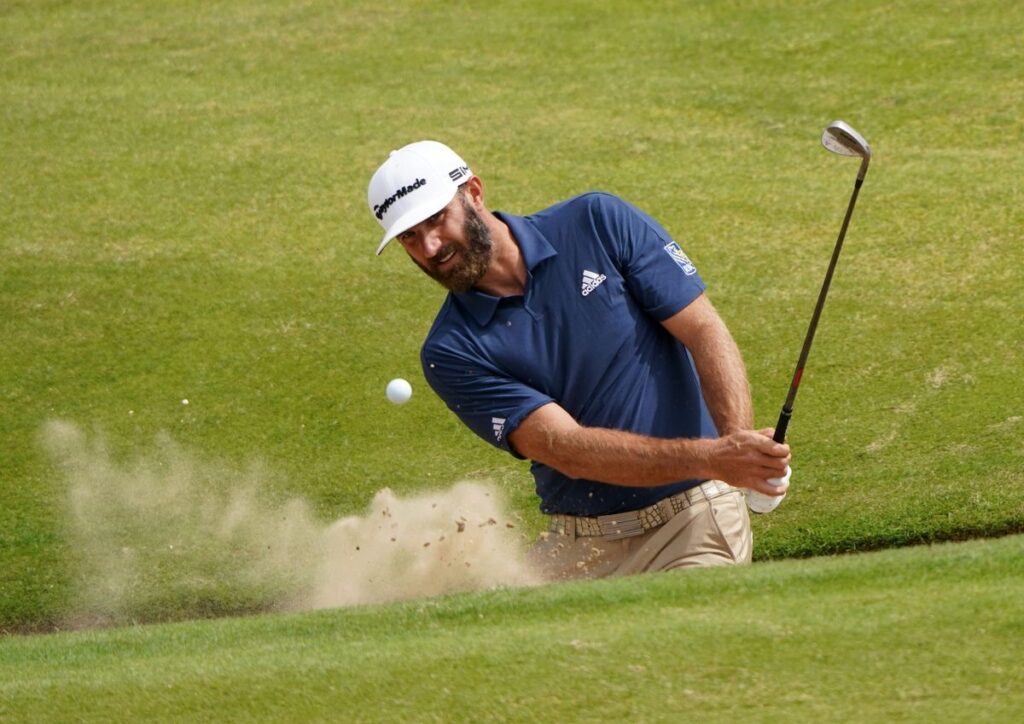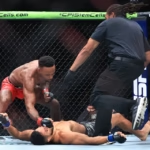Introduction: Understanding Golf Etiquette and Rules
Golf is more than just swinging a club — it’s a game of skill, strategy, and etiquette. One of the often-discussed course rules is the what’s the 90 degree rule in golf. If you’ve ever driven a golf cart and a marshal reminded you to “follow the 90 degree rule,” you might have wondered exactly what that means and why it’s important.
In this guide, we’ll explain what’s the 90 degree rule in golf, why golf courses use it, how to follow it correctly, and how it impacts your game.
What’s the 90 degree rule in golf?
The 90 degree rule in golf is a course management rule that tells golfers how to drive their golf carts to protect the fairway.
Definition:
When the 90 degree rule is in effect, you must drive your golf cart along the cart path until you are even with your ball (at a 90-degree angle), then turn directly toward the ball, cross the fairway, and return to the cart path after your shot.
In simpler terms: Stay on the cart path as much as possible, only entering the fairway at a right angle to your ball to minimize turf damage.
Why Do Golf Courses Use the 90 Degree Rule?
Golf courses enforce the 90 degree rule to:
- Protect the turf – Continuous cart traffic in the same areas can damage grass.
- Prevent soil compaction – This helps the fairway stay healthy and playable.
- Reduce maintenance costs – Less damage means less repair work for the grounds crew.
- Ensure fairness – Keeps the course in good condition for all players.
How to Follow the 90 Degree Rule Correctly
Here’s a step-by-step guide for following the 90 degree rule in golf:
- Drive along the cart path after your tee shot.
- Stop when you’re level with your ball (even distance).
- Turn 90 degrees toward your ball and cross the fairway.
- Play your shot.
- Return to the cart path along the same 90-degree route.
Tip: Always look for signs or ask the starter/marshal if the 90 degree rule is in effect for that day.
When Is the 90 Degree Rule in Effect?
The 90 degree rule isn’t always enforced. Golf courses usually apply it in these conditions:
- After heavy rain to prevent wet turf damage
- On newly seeded or repaired fairways
- During special events or tournaments
- On high-traffic days to preserve course quality
Some courses enforce it year-round as part of their standard etiquette policy.
Benefits of Following Rule
Following this rule benefits both the golfer and the golf course:
| Benefit | For the Golfer | For the Course |
|---|---|---|
| Better playing conditions | Avoids muddy or damaged lies | Maintains turf health |
| Faster pace of play | Prevents excessive detours | Reduces repair interruptions |
| Course longevity | Enjoy a better course over time | Lowers maintenance costs |
Common Mistakes Golfers Make with the 90 Degree Rule
- Cutting angles too soon – entering the fairway before being level with your ball.
- Driving diagonally – which causes more turf damage.
- Not returning to the path – staying on the fairway longer than necessary.
- Ignoring signs – not checking if the rule is in effect.
90 Degree Rule vs. Cart Path Only Rule
Many golfers confuse the 90 degree rule with the cart path only rule. Here’s the difference:
| Rule | Description | When Used |
|---|---|---|
| 90 Degree Rule | Drive on cart path until level with ball, then cross at 90 degrees | Normal play when course protection is needed but fairways are usable |
| Cart Path Only | Carts must remain on designated paths at all times | Very wet or fragile conditions |
How the 90 Degree Rule Affects Your Game Strategy
If you’re following the 90 degree rule in golf, it can influence:
- Club selection – Plan ahead so you bring the right clubs when walking from your cart.
- Pace of play – Efficiently picking clubs saves time.
- Course management – Encourages you to think about shot placement and avoid unnecessary cart movement.
Tips for New Golfers
If you’re new to golf, here are some tips for remembering and following the 90 degree rule:
- Always check the rule board near the clubhouse or starter.
- Bring multiple clubs when walking from the cart.
- Avoid wet or sensitive areas even when crossing at 90 degrees.
- Be respectful – remember, this is about keeping the course playable for everyone.
Golf Etiquette and the 90 Degree Rule
The 90 degree rule isn’t just about rules — it’s also about respect for the course and fellow golfers. Good etiquette includes:
- Repairing divots
- Raking bunkers
- Avoiding damage near greens and tees
- Keeping noise to a minimum during others’ shots
FAQs About the 90 Degree Rule in Golf
Q1: what’s the 90 degree rule in golf?
It’s a rule where golfers drive on the cart path until level with their ball, then cross at a right angle to play, minimizing turf damage.
Q2: Is the 90 degree rule always in effect?
No, it depends on weather, turf conditions, and course policy.
Q3: What is the difference between the 90 degree rule and cart path only?
The 90 degree rule allows limited fairway access; cart path only restricts carts to the path entirely.
Q4: Does following the 90 degree rule slow down play?
Not if you bring the right clubs and plan ahead.
Q5: Why is it called the 90 degree rule?
Because you’re turning exactly 90 degrees from the cart path toward your ball.
Conclusion: Play Smart, Protect the Course
The 90 degree rule in golf is simple but essential for keeping courses in great condition. By understanding what’s the 90 degree rule in golf and practicing it, you’re not only respecting the course but also ensuring a better game for everyone.
Whether you’re a beginner or a seasoned player, remember — golf is about precision, patience, and respect. Following the 90 degree rule is one small way to honor that tradition.









